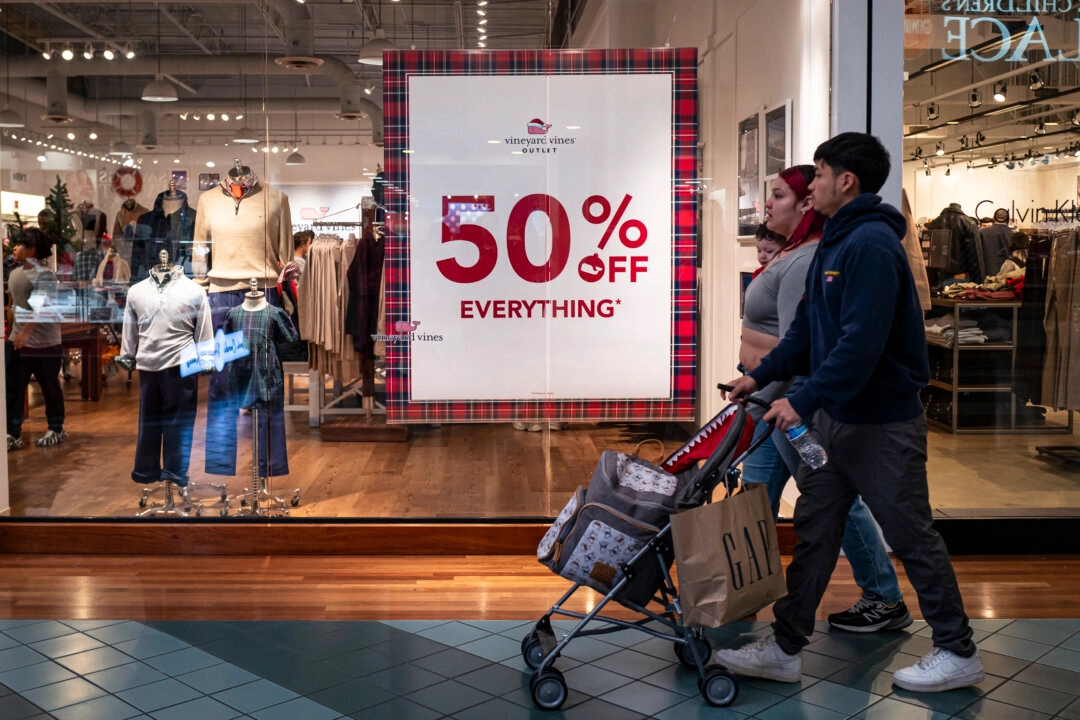CELEBRITY
Breaking news:Consumer Spending Jumps in June, Helping Power US Economy

U.S. consumer spending picked up in June, offering fresh evidence that household demand remains resilient even as higher tariffs and policy uncertainty weigh on the outlook.
The Commerce Department’s Bureau of Economic Analysis (BEA) reported on July 31 that personal consumption expenditures—a broad measure of household spending—rose by 0.3 percent in June, matching the increase in personal income. That was a rebound from May’s flat reading and aligned with other data suggesting shoppers have begun to reopen their wallets after a soft spring.
Disposable personal income, which subtracts taxes from income, also rose by 0.3 percent last month. The personal saving rate held at 4.5 percent, indicating households continue to balance higher outlays with cautious reserves.
The BEA figures dovetail with Census Bureau data released earlier in July showing that retail sales surged by 0.6 percent in June, the largest monthly gain since March. That increase followed a revised 0.9 percent decline in May and reflected broad-based strength across categories, particularly nonstore retailers—up by 4.5 percent from a year earlier—and restaurants and bars, which rose by 6.6 percent year over year.
“Consumer spending is up, business investment is way up, domestic manufacturing is way up, real disposable family income is up, and personal savings are up. Other than that, we’re not doing so great,” President Donald Trump told reporters on July 30, jokingly.
He was commenting on the latest U.S. GDP growth figures, which showed that the economy expanded by 3 percent in the second quarter. The GDP data also showed consumer spending rising by 1.4 percent in the second quarter, compared to a 0.5 percent gain in the prior quarter.
In contrast to the July 31 strong consumer spending figures from the Commerce Department, however, recent private-sector data from the National Retail Federation painted a more cautious picture. The group’s retail monitor showed a 0.33 percent decline in total retail sales excluding autos and gasoline from May to June, with core sales—which also exclude restaurants—falling by 0.32 percent. Despite the month-over-month dip, sales were still up by more than 3 percent from June 2024, and first-half totals rose by nearly 5 percent from the same period in 2024.
“Prolonged uncertainty surrounding the economy, tariffs and trade policy could be pushing consumers to adopt a ‘wait-and-see’ approach with their household budgets,” National Retail Federation President and CEO Matthew Shay said in a statement. “While passage of the ‘Big Beautiful Bill’ is clearly supportive of economic growth, unresolved and restrictive trade policies remain a significant headwind.”
The United States has struck multiple trade deals ahead of Trump’s Aug. 1 tariff deadline, while preparing to roll out a worldwide baseline tariff rate of 15 to 20 percent. The tariffs roiled markets when first announced, though stability has returned as more trade deals have been made or extensions granted.
Also, despite lingering tariff uncertainty, multiple surveys show consumer confidence rebounding. The Conference Board’s Consumer Confidence Index edged higher in July, reflecting better views of future business conditions and the labor market.
“Of course the consumer is confident—their investments are rising almost daily, earnings are better than expected, and the tariff scare is muted,” Gina Bolvin, president of Bolvin Wealth Management Group in Boston, told The Epoch Times in an emailed statement.
While the Conference Board survey showed improved expectations for future business conditions, incomes, and job prospects, views on some current conditions slipped slightly.
“Consumers’ assessment of the present situation was little changed,” Stephanie Guichard, senior economist at the Conference Board, said in a statement. “They were a tad more positive about current business conditions in July than in June. However, their appraisal of current job availability weakened for the seventh consecutive month, reaching its lowest level since March 2021.”
Looking ahead, analysts are watching for whether June’s spending momentum can extend into the second half of the year. The New York Fed’s Staff Nowcast projects gross domestic product to expand at a 2.4 percent annualized pace in the July–September quarter, moderating from the 3 percent gain recorded in the spring.












